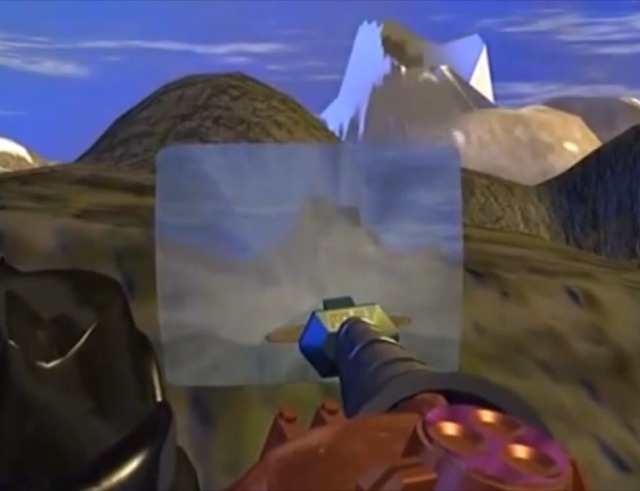

While it may not be representative of what science has determined is likely to happen and while a reader may likely make the mistake of assigning causation where there is only correlation, nothing in the story is scientifically inaccurate. The vaccine story that begins this Introduction also exemplifies the complex relationship between misinformation and storytelling. While narrative can indeed lead to scientific misinformation, narrative can also help science counter misinformation by providing meaning to reality that incorporates accurate science knowledge into human experience. Even with their differences, the underlying purpose of both science and narrative seeks to make sense of the world and find our place within it. I also identify gaps in the literature and identify promising future areas of research. I explore how these contrasting conceptions of truth manifest across different contexts to either promote or counter scientific misinformation. Where science searches for broad patterns that capture general truths about the world, narratives search for connections through human experience that assign meaning and value to reality. Storytelling is the act of sharing a narrative, and science and narrative represent two distinct ways of constructing reality. This review disentangles the complexities of how storytelling intersects with scientific misinformation. Yet others celebrate storytelling as a way to engage audiences and share accurate scientific information. This difference leads some to blame storytelling for presenting a distorted view of science and contributing to misinformation. Science and storytelling mean different things when they speak of truth.


 0 kommentar(er)
0 kommentar(er)
